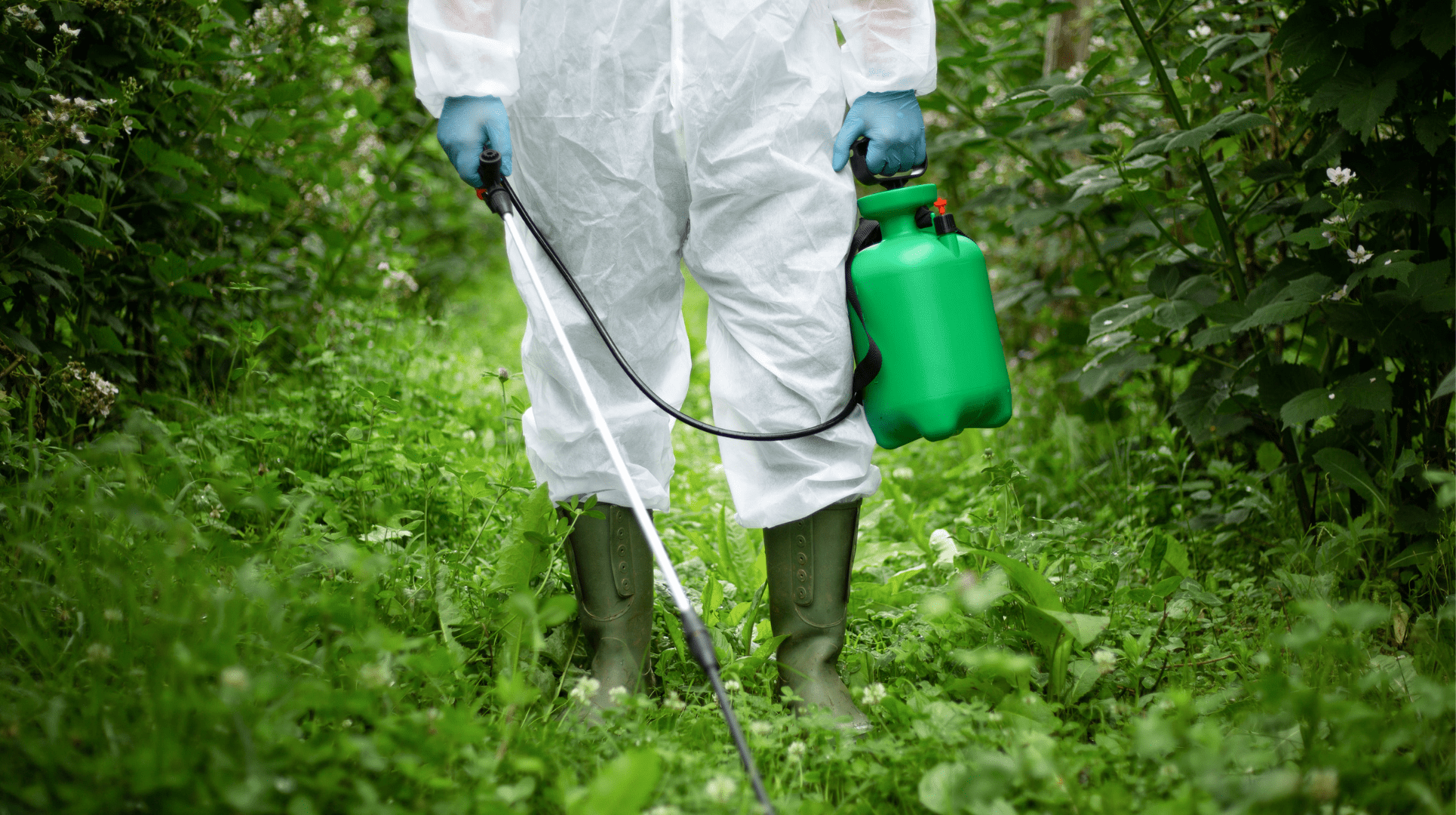
Five Years of Canadian Legalization – Cannabis | weed | marijuana
This October marks the fifth anniversary of the legalization of cannabis in Canada. Analytical company Headset has produced a report that looks at sales growth, pricing, brand development and product innovation.
Cannabis sales across Canada are up 157% since May 2020. But despite this growth, the past three years have seen slower growth.
Even in the saturated Ontario market, sales fell 20% while the number of stores grew 40%.
Canadian legalization began with flowers as the dominant product category. But the proportion of pre-rolls has increased over the past year and is now on par with flowers.
Between 2020 and 2023, the number of cannabis brands in Canada increased by 369%. However, the market is becoming increasingly concentrated. In 2020, 21% of brands generated 80% of total sales.
In 2023, the top 12% will dominate 80% of the market.
While edibles and flowers are falling in price, flavored pre-rolls and vape pens are proving popular.
Canadian Legalization: Five Years Later
Source: Headset
While the Headset report looks at the Canadian cannabis market five years after legalization, the data didn’t start until late 2019, so it’s more of a three-year report.
For example, sales across the country increased by 157% between May 2020 and May 2023.
Ontario and BC saw the most significant increases at 295.8% and 140%, respectively. Saskatchewan and Alberta saw smaller increases at 71.5% and 62.6%, respectively.
That growth is slowing. As we mentioned earlier, the Covid cannabis bubble has burst. Since 2020, revenue growth has steadily shrunk from 88.3% between 2020 and 2021 to 29.9% in 2022.
In May 2023, Canadians saw an 11.8% increase in revenue growth. However, this is significantly lower than previous increases.
For a broader picture we can look to Ontario. During the Covid hysteria, Ontario saw a 144.2% increase in overall sales. But from 2022 to 2023, the province’s cannabis industry grew by 7%.
Only Saskatchewan saw high sales increases (24%) from 2022-2023. Whether this had anything to do with the freer cannabis economy (ie no state monopoly distribution) was outside the scope of the report.
No increase in demand
Five years after Canadian legalization, there is no new consumer demand. The growth comes from new businesses that serve untapped markets. (Or markets previously served by the underground market).
Since June 2022, the number of stores in Ontario has increased by 29%.
But while the number of stores has increased, the average revenue per store has fallen. Between 2022 and 2023, average monthly sales per store in Ontario fell by 13%.
Of course, new, opening markets like Mississauga offset some of that. Ontario’s third largest city had previously banned cannabis stores.
Brand growth five years later

Five years after Canadian legalization, brand growth is up 369%. But like other categories, growth has slowed since 2022. Yet between 2022 and 2023 there was still a 27.1% increase in brands.
While the number of stores has helped these brands, actual sales are disproportionate. Between 2022 and 2023, the median total sales per brand fell by 70%.
In 2020, the Canadian market followed the 80/20 rule, with 21% of brands accounting for 80% of sales. In 2023, the top 12% of brands will dominate 80% of sales.
As we predicted here at CLN, the Canadian cannabis market was always envisioned as a cartel dominated by the elite Laurentians. Just like every other big industry in this country.
In this consolidation of Canadian legalization five years later, pricing plays a role.
Falling wholesale prices are eroding retailer and brand margins. In the five years since Canadian legalization, prices have fallen in all categories.
Non-inhalation products like beverages, edibles, and tinctures initially increased. But by the end of 2019, it was clear that the grocery market in Canada was a bust — no doubt due to the arbitrary 10 mg THC cap.
By May 2023, the price of non-inhalable medicines has fallen by 25.3% year-on-year.
Consumer preferences five years later
 Source: Headset
Source: Headset
How have consumer preferences changed in the five years since legalization in Canada?
Canadian cannabis users have ousted flowering from its top spot. Flowers dominated the market at times, accounting for half of total sales.
Flowers now make up only a third of all sales. Vape pens are gaining popularity, most likely due to the convenience and lack of smell. But the pre-roll category is among the most popular products in Canada alongside flowers.
Again, we can declare this for convenience. For many, it’s easier to grab ready-made bud to smoke. While we’re not complaining, it’s surprising that Health Canada hasn’t cracked down on pre-rolls.
Without a doubt, in their opinion, the only reason to buy a pre-roll is for the convenience of smoking while driving or operating heavy machinery.
Other categories such as tinctures and sublinguals continue to lose modest market share.
Five years after Canadian legalization, consumers are buying discount flower brands and Connoisseur/Infused pre-rolls.
Five years of Canadian legalization
 Courtesy: steve-lovelace.com
Courtesy: steve-lovelace.com
Five years of cannabis legalization in Canada have had a mixed record. While the new industry created jobs and opportunities, growth has been haphazard and hampered by strict rules. Rules subject to change at the whim of public health bureaucrats.
Headset believes the current sales growth is due to an increase in the number of stores rather than an actual increase in consumer demand. Along with razor-thin margins and 12% of brands accounting for 80% of sales, the cannabis industry faces significant hurdles.
What will Canadian legalization look like in five years? Without changes in regulations, prices and penalties, Canadian legalization could create an industry like our banks, telecoms, oil or even maple syrup.
That is, a Canadian-made cartel. Owned and controlled by our Laurentian Elites.
No wonder this country has the same productivity as Alabama, the poorest state in the USA.

Post a comment: